Are you wondering what film techniques were used for Avatar: The Way of Water? It has been 13 years since the original Avatar came out, so you may wonder how Avatar was filmed and if its visuals will be improved with better technology. The answer is yes. Not only has technology improved in general, but James Cameron isn’t afraid to take chances to improve techniques to make his movies better. Here is everything you need to know about what film techniques were used for Avatar: The Way of Water and its sequel, Avatar 3, which was filmed simultaneously.
What Film Techniques Were Used for Avatar: The Way of Water?
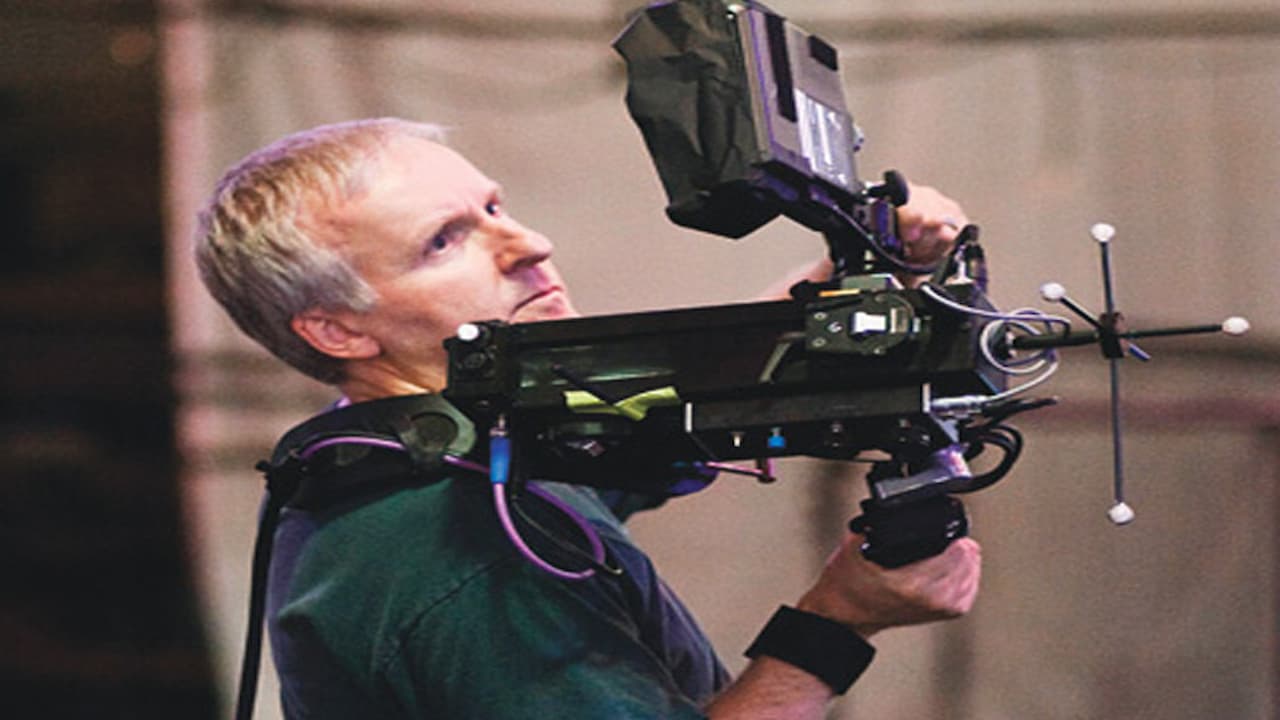
There are three main filming techniques that Cameron and the visual effects team used during the filming of Avatar: The Way of Water and Avatar 3. We will discuss how each of these three categories was done and how they were improved since the original movie.
Performance Capture
Motion Capture is the process of taking some movement or action of real-life actors for use with their digital character counterparts. Performance capture takes this one step further by including the subtle expressions of an actor’s face and fingers, for example. Cameron said he cracked the code of achieving beautiful character motion and great facial performance capture during the performance capture filming of Avatar: The Way of Water.
Live-Action
Live-action filming of Avatar: The Way of Water and Avatar 3 began filming in New Zealand during the Spring of 2019 and finished in September 2020, marred by delays caused by the COVID-19 Pandemic. Both Avatar sequels were said to have gotten NZ$140 million in public funding through the Screen Production Grant.
Visual Effects
Cameron was unhappy with how some underwater visual effects looked, so they decided to take a different approach with both sequels. Weta Digital was hired to do the visual effects worked for both sequels and used a combination of filming underwater in real water and performance capture. In addition, they developed a new motion capture system in a year and a half for Avatar: The Way of Water, which is set primarily underwater. This is a colossal feat that has never been accomplished before.
The other technology used in the sequels that were not used in the original is the use of two HD headcams to record the actors’ facial expressions during a performance, two digital puppets instead of one, and light work done on a virtual production stage during production instead of post-production.
Avatar: The Way of Water will release in theaters on December 16, 2022.


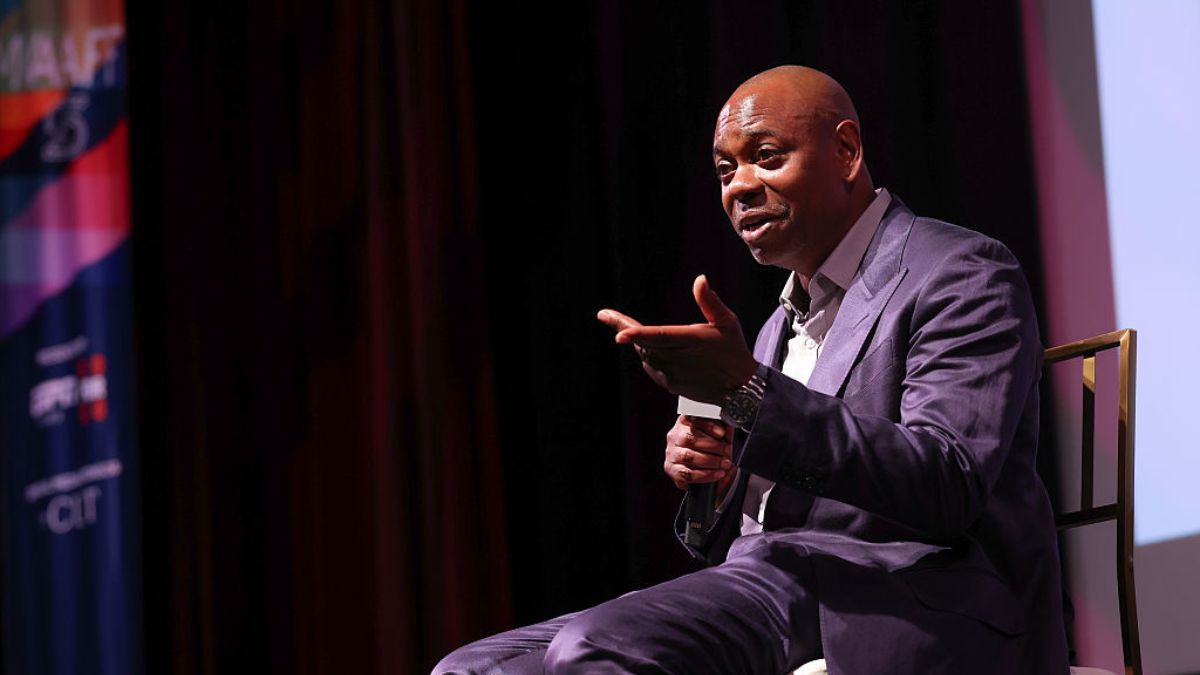
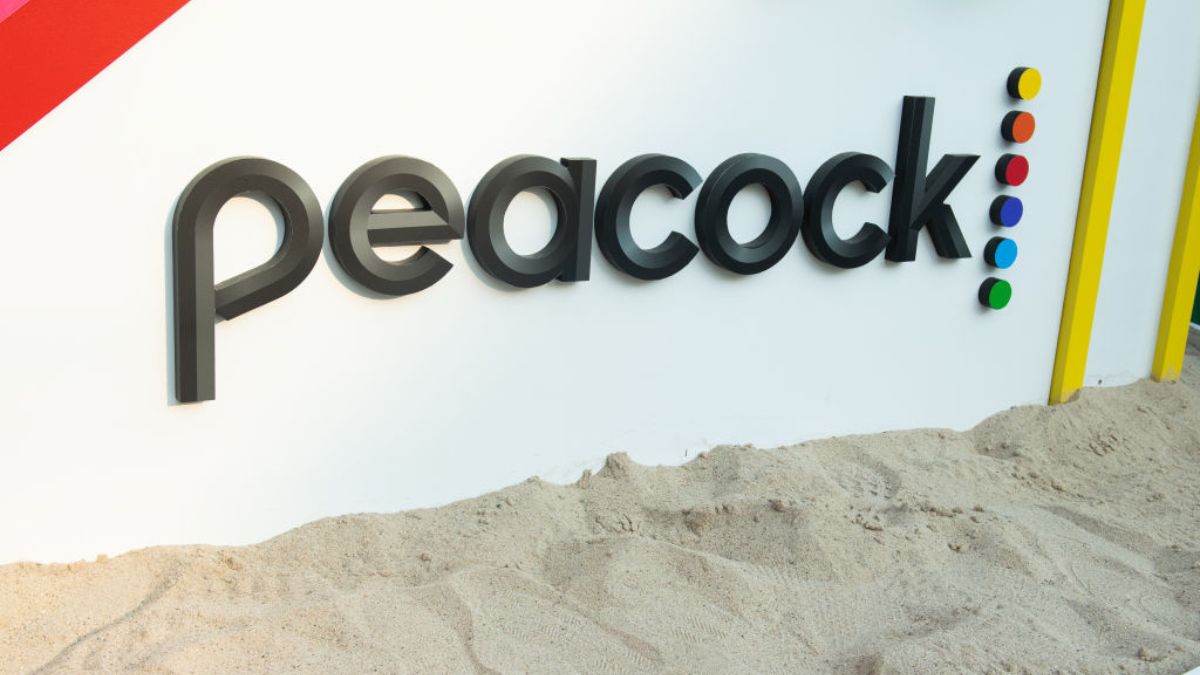


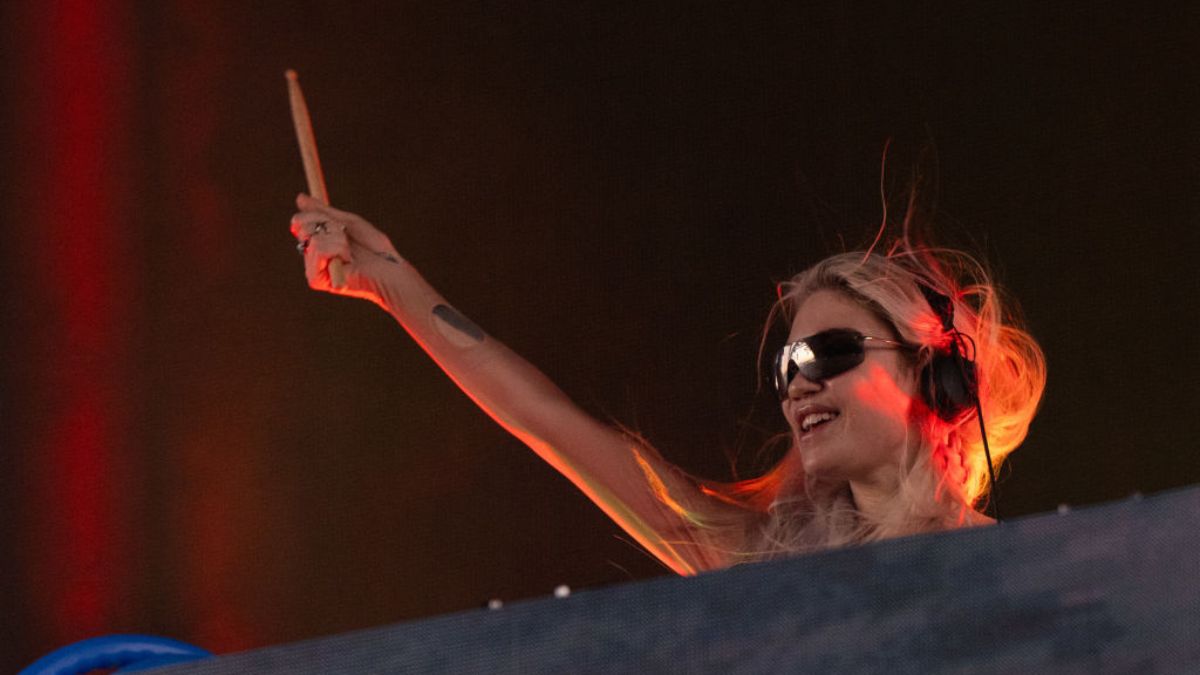
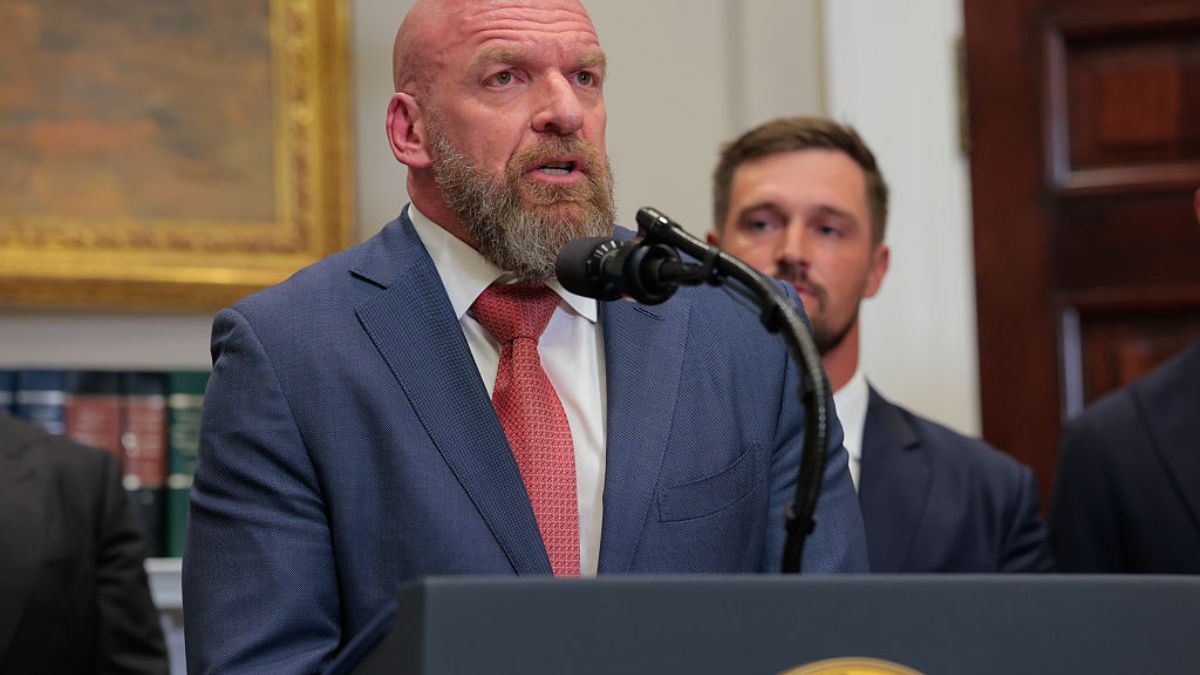



Published: Nov 23, 2022 02:49 pm